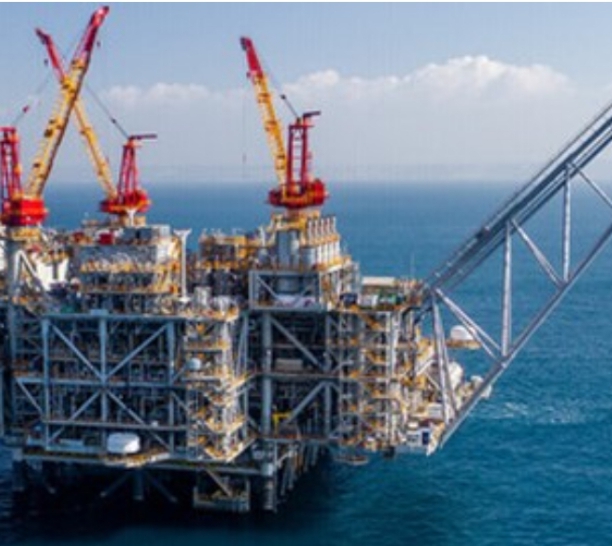By Tsvetana Paraskova
OPEC will continue to play a key role in oil supply and prices in the global oil market through 2040, despite the relentless oil production in the Permian and expectations for production increases in the United States and other non-OPEC countries in the 2020s.
That’s the takeaway from Wood Mackenzie’s latest long-term outlook for global oil supply.
Oil production from outside OPEC—U.S. onshore and conventional projects mostly in Brazil and Canada—will help ensure adequate global oil supply through 2030, but U.S. production is expected to peak in the mid to late 2020s, leading to a decline in growth for non-OPEC liquids production, and even a decline in production after 2030, according to the energy consultancy.
At the same time, after the mid 2020s, OPEC’s role and importance on the oil market will become more prominent in ensuring upstream investment to meet global oil demand growth and offset declines from maturing assets, WoodMac says.
“With demand continuing to grow through to its peak in the mid-2030s, the industry must find increasingly expensive oil to offset declines from a maturing asset base. To balance the market in the long-term, there is increasing reliance on OPEC continuing to exploit its available reserves,” according to the analysts. They also point out that “as reliance on OPEC ramps up, so does the importance of geopolitical risk as a key determinant for both supply and price.”
U.S. onshore production won’t be able to meet global oil demand growth on its own, so conventional projects would need to step in to fill the supply gap, WoodMac reckons.
“As non-OPEC production growth slows and the importance of OPEC’s output increases from 2023, OPEC’s role in managing prices becomes more focused on ensuring upstream investment keeps up with replacing lost barrels from onstream declines, and the growth in oil demand over the next decade or so,” it said.
To be sure, supply from the United States is breaking production records and will continue to do so in the next few years, despite the Permian takeaway capacity constraints.
EIA’s latest Short-Term Energy Outlook (STEO) from July expects total U.S. crude oil production to average 10.8 million bpd this year, up by 1.4 million bpd from last year. In 2019, U.S. crude oil production is forecast to average 11.8 million bpd.
“Crude oil production at these forecast levels would probably make the United States the world’s leading crude oil producer in both years,” according to the EIA.
The Permian is seen pumping 4.0 million bpd by the end of 2019—this is 600,000 bpd more than estimated June 2018 levels and would account for around one-third of total U.S. crude oil production at the end of 2019. Yet, the expected annual average growth for the Permian in 2019 is 400,000 bpd lower than in 2018, reflecting increasing pipeline capacity constraints, the EIA said last week.
Some analysts, like IHS Markit, predict “stunning” Permian growth until 2023, with production expected to reach 5.4 million bpd by then—more than the current production of all OPEC members except for Saudi Arabia.
Related: Chinese Oil Demand Growth Could Slow Down Soon
According to WoodMac, by 2030, Brazil and Canada will grow the most after the U.S., but after that it will be OPEC that will set the pace of supply and oil prices.
By the late 2020s, non-OPEC supply growth will depend on additional new sources of supply, and some of them will be higher cost. By 2030, around 6 million bpd of oil supply—mostly yet-to-find, contingent resources and fringe plays in the U.S.—is expected to break even above $70 per barrel. By 2040, the volume of supply breaking even at above $70 a barrel could be as much as 11 million bpd, WoodMac says.
“Key regions like Latin America and West Africa hold vast potential, but higher prices are needed to support activity as the cost curve is now higher,” according to the consultancy.
Source: Oilprice.com









